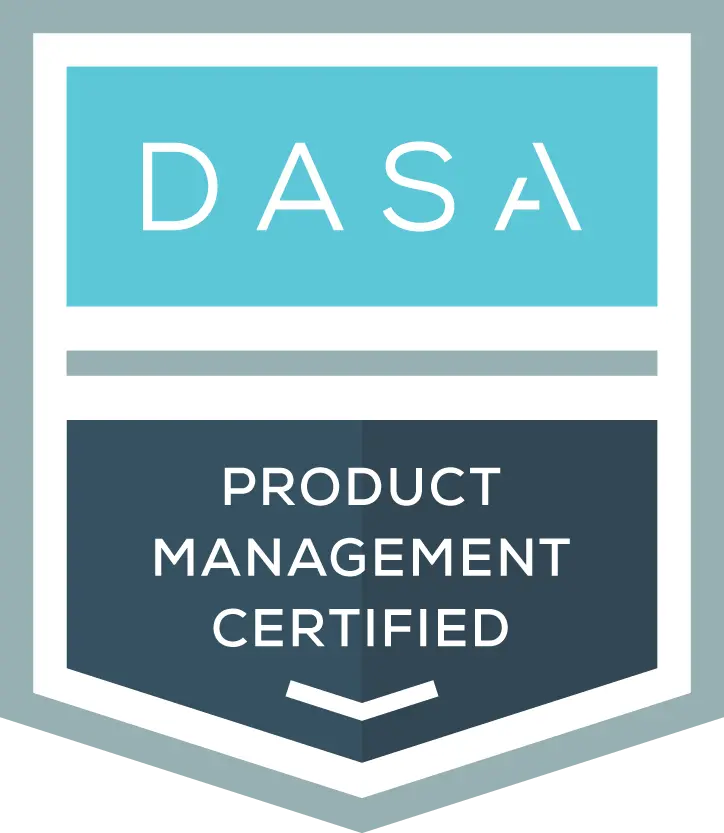In the dynamic world of DevOps, where continuous integration and continuous delivery (CI/CD) approach has revolutionized software development and operations, the concept of product management has emerged as a pivotal discipline. This blog aims to shed light on effective product management strategies and the indispensable role of market research in steering products from ideation to market success. This will enable leaders to craft and implement robust product management strategies that align with business objectives and market demands.
Understanding Product Management
Product management is a critical discipline in DevOps, encompassing the planning, development, and management of a product throughout its lifecycle. This role is not just about overseeing the technical development process; it’s about understanding and defining what success looks like for a product, from its features and quality to meeting customer needs. Product managers are tasked with crafting the product vision, strategy, and roadmap, ensuring that the product not only comes to life but thrives in the marketplace.
The importance of product management strategies is significant as they directly contribute to achievement of business goals. These strategies ensure that product development is aligned with what customers need and seize market opportunities. A significant part of this process is effective product marketing, which involves understanding the market, correctly positioning the product within it, and communicating its value clearly to customers. This approach ensures that a product is not only desirable to customers but also economically sustainable for the business, technically feasible to develop, and easy for users to adopt.
Linking product vision, strategy, and goals is essential for effective product management. The vision sets out the long-term purpose of the product, or what it aims to achieve. The strategy provides a roadmap on how to achieve this vision, detailing the steps and methods to get there. Product goals then break down this strategy into measurable targets, helping track progress towards the vision. This clear structure helps product managers ensure that development efforts are focused and aligned with the company’s broader objectives, leading to a successful product that meets market and user needs.
The Role of Market Research in Product Management
While the importance of market research in product management is often emphasized, sometimes even overstated. Market research is indeed critical as it lays the groundwork for making informed and strategic decisions. It provides insights into the target market’s behavior, competitor activities, and industry trends. However, the real value of market research lies in its ability to validate hypotheses about these areas. Through systematic data gathering and analysis, product managers are equipped with the knowledge to foresee and adapt to changes in the market.
This process of validation and foresight enables product teams to not just react to market shifts but to anticipate them, planning their strategies accordingly. It’s this capacity for anticipation that underscores the true significance of market research. By understanding customer preferences and market trends before they fully emerge, product managers can guide their products in directions that are both innovative and aligned with future demands.
Building Blocks of Successful Strategy Implementation
Implementing a successful product management strategy involves several key components. When it comes to product differentiation, this strategy demands creativity and insight to execute successfully. The ability to distinguish your product through unique features, design, or user experience becomes a powerful tool in capturing market attention. Differentiation isn’t just about being different; it’s about adding value in a way that resonates deeply with your target market, addressing unmet needs or surpassing expectations in meaningful ways. Coupled with robust go-to-market strategies that outline the pathways for product launch, promotion, and sales, these elements form the backbone of a successful market entry and sustainability strategy.
By fostering continuous engagement with the market and soliciting feedback at every stage, companies can refine their approaches in real-time, ensuring they remain agile and responsive to market dynamics. Involving stakeholders—both within the business and amongst the customer base—in the development process, ensures a product-market fit that is both precise and practical. Therefore, embracing a culture of incremental learning and experimentation allows for the testing of hypotheses across different market segments and conditions, providing a wealth of data to inform strategic pivots and innovation.
These critical success factors are not just steps but a mindset that underscores the importance of adaptability, customer-centricity, and evidence-based decision-making in navigating product management.
Validating Problems and Ideas in Product Management
Validating problems and ideas forms the bedrock of creating products that truly resonate with the market. This critical phase shifts the decision-making process from intuition to an evidence-based framework, ensuring that the efforts of development teams are aligned with actual user needs and market demand. By engaging directly with potential users through methods like interviews, surveys, and prototype testing, product managers can gather direct feedback on their assumptions about the problems their products aim to solve. This not only confirms the relevance of the identified issues but also tests the viability of proposed solutions in meeting these challenges head-on.
Adopting such a methodical approach to validation minimizes the inherent risks tied to product development. It prevents the all-too-common pitfall of investing heavily in features or products that, while technically impressive, fail to address any significant user pain points. More importantly, it ensures that the innovation process is driven by genuine user insights, laying a solid foundation for the development of solutions that have a real market demand.
Embracing Design Thinking in Product Management
Design thinking prioritizes the user, focusing on gaining a deep understanding of their experiences, needs, and challenges. This empathetic foundation facilitates collaborative ideation sessions where diverse teams brainstorm solutions, fostering an environment where innovation thrives. Rapid prototyping is then employed, allowing teams to quickly iterate on ideas, testing and refining concepts based on real user feedback. This iterative cycle of ideation and testing places the user at the heart of the product development process, ensuring that the final product is not only innovative but also highly tailored to meet user needs.
By emphasizing user experience (UX) at every stage of the product life cycle, from conception to launch, products become more than just tools; they become solutions that users feel were crafted for their specific needs. This user-centric approach enhances usability, ensures greater accessibility, and significantly boosts user satisfaction. As a result, products developed with design thinking at their core are more likely to achieve higher adoption rates and foster customer loyalty, as they resonate more deeply with the end-users.
Next Steps
To effectively implement product management strategies, it’s essential to align them with overarching business goals and the specific needs of your target market. Starting with conducting thorough market research to understand your customers’ needs and the competitive landscape. Utilizing this knowledge enables differentiation of your product, focusing on creating unique value propositions. By embracing incremental learning, involving your business and customer base in the development process, their feedback can be utilized to refine the product and strategy. Additionally, adopting design thinking principles will ensure that your product not only meets market needs but also provides an exceptional user experience.
To truly embrace this approach, DASA Product Management provides valuable guidance on the product life cycle, value management, and operations, to drive innovation and align product development with the true needs and preferences of the market, creating a stronger bond between users and products.


DASA Product Management
Fosters a product-centric mindset through strategic alignment of product vision with business goals, market analysis, and lifecycle management.



